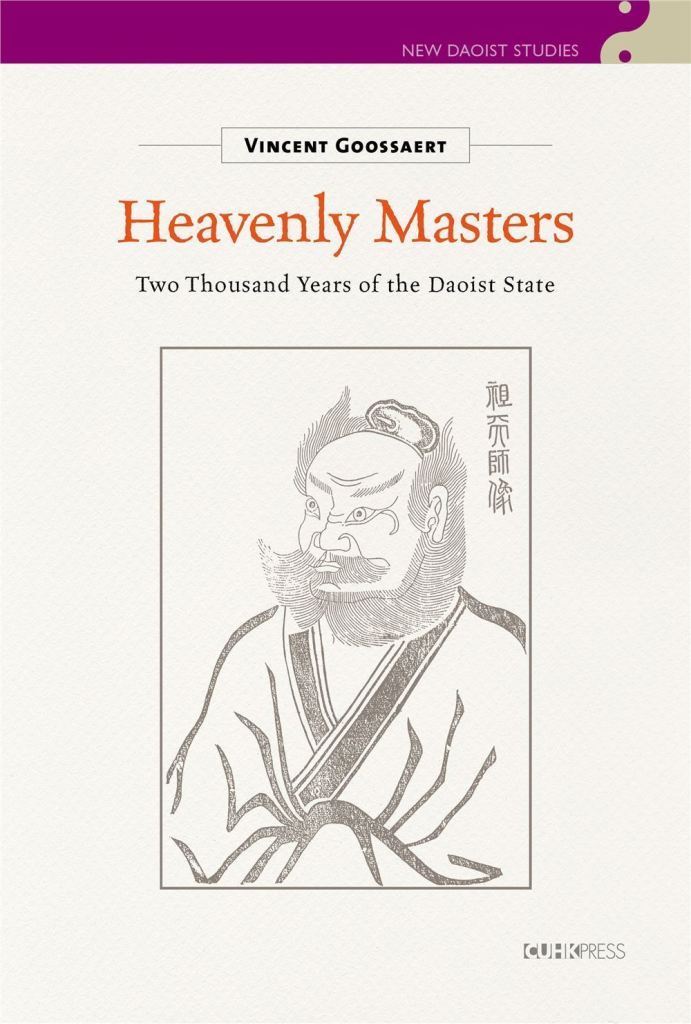Heavenly Heavenly Masters: Two Thousand Years of the Daoist State
| 作者 |
Vincent Goossaert |
| 出版社 |
三民書局股份有限公司 |
| 商品描述 |
Heavenly Heavenly Masters: Two Thousand Years of the Daoist State:TheoriginsofmodernDaoismcanbetracedtotheChurchoftheHeavenlyMaster(Tianshidao),reputedlyestabl |
內容簡介
內容簡介 The origins of modern Daoism can be tracedto the Church of the Heavenly Master(Tianshidao), reputedly established by theformidable Zhang Daoling. In 142 CE,according to Daoist tradition, Zhang wasvisited by the Lord on High, who named himhis vicar on Earth with the title HeavenlyMaster. The dispensation articulated aneschatological vision of saving initiates—thepure, those destined to become immortals—by enforcing a strict moral code. Underevolving forms, Tianshidao has remainedcentral to Chinese society, and Daoist priestshave upheld their spiritual allegiance toZhang, their now divinized founder. Thisbook tells the story of thelongue duréeevolution of the Heavenly Master leadershipand institution.Later hagiography credits Zhang Daoling’s great-grandson, putatively the fourth Heavenly Master, with settling the family at Longhushan (Dragon and Tiger Mountain); in time his descendants—down to the present contested sixty-fifth Heavenly Master living in Taiwan— made the extraordinary claim of being able to transmit hereditarily the function of the Heavenly Master and the power to grant salvation. Over the next twelve centuries, the Zhangs turned Longhushan into a major holy site and a household name in the Chinese world, and constructed a large administrative center for the bureaucratic management of Chinese society. They gradually built the Heavenly Master institution, which included a sacred site; a patriarchal line of successive Heavenly Masters wielding vast monopolistic powers to ordain humans and gods; a Zhang lineage that nurtured talent and accumulated wealth; and a bureaucratic apparatus comprised of temples, training centers, and a clerical hierarchy. So well-designed was this institution that it remained stable for more than a millennium, far outlasting the longest dynasties, and had ramifications for every city and village in imperial China.In this ambitious work, Vincent Goossaert traces the Heavenly Master bureaucracy from medieval times to the modern Chinese nation-state as well as its expansion. His in-depth portraits of influential Heavenly Masters are skillfully embedded in a large-scale analysis of the institution and its rules, ideology, and vision of society.
各界推薦
各界推薦 “Although the Heavenly Masters’ claim to represent an unbroken tradition almost as old as the papacy is open to question, the Zhangs of Longhushan certainly are heirs to a family legacy comparable to that of the best noble lineages of Europe, and they have exercised a distinctive religious office for more than a millennium. Fragments of their remarkable story have been told before, but now Vincent Goossaert has pieced together the entire narrative, adding another extraordinary first to his many achievements. He has already done much to illuminate change in the history of Chinese religion; in this volume he spectacularly demonstrates its simultaneous capacity for continuity.”—T. H. Barrett, SOAS, University of London“This book is atour de force, providing the first synthesis in any Western language of the rise of the institution of the Heavenly Master, its many interactions with the Chinese state, its role in the performance of ordination and the distribution of registers, and its economic basis. It makes use of a wide range of primary sources, including manuscripts, gazetteers, notebooks, and archival material. It also carefully includes the best and most recent secondary research in Chinese, Japanese, and Western languages. By reasserting the primacy of the Heavenly Master tradition, this path-breaking work will set a new standard for the study of Daoism in Late Imperial China.”—Terry Kleeman, University of Colorado, Boulder
作者介紹
作者介紹 Vincent Goossaertis professor of Daoismand Chinese religions at École Pratique desHautes Études-PSL.
產品目錄
產品目錄 Series Editors’ Preface ixAcknowledgments xiAbbreviations xiiiIntroduction 1Chapter One Inventing the Founding Ancestor: The Lives of Zhang Daoling 13Chapter Two The Rise of Longhushan 33Chapter Three The Heavenly Masters in the History of Daoist Ordinations 53Chapter Four New Rituals and the Longhushan Synthesis of Modern Daoism 91Chapter Five The Mature Institution: Longhushan during the Song-Yuan Period 129Chapter Six The Most Powerful Heavenly Master Ever? The Lives of Zhang Yuchu 157Chapter Seven The Institution under the Ming and the Qing 185Chapter Eight The Heavenly Masters and Late Imperial Chinese Society 219Chapter Nine The Predicaments of Modernity: The Heavenly Masters since the 1850s 265Conclusion 289Appendix 1: List of the Heavenly Masters 299Appendix 2: The Different Versions of the Tiantan yuge 303Notes 305Bibliography 375Index 409
商品規格
| 書名 / |
Heavenly Heavenly Masters: Two Thousand Years of the Daoist State |
| 作者 / |
Vincent Goossaert |
| 簡介 / |
Heavenly Heavenly Masters: Two Thousand Years of the Daoist State:TheoriginsofmodernDaoismcanbetracedtotheChurchoftheHeavenlyMaster(Tianshidao),reputedlyestabl |
| 出版社 / |
三民書局股份有限公司 |
| ISBN13 / |
9789882372023 |
| ISBN10 / |
|
| EAN / |
9789882372023 |
| 誠品26碼 / |
2682607893001 |
| 頁數 / |
432 |
| 裝訂 / |
H:精裝 |
| 語言 / |
3:英文 |
| 尺寸 / |
22.9x15.2xcm |
| 級別 / |
N:無 |
最佳賣點
最佳賣點 : 這本書講述了天師領導和制度的進化故事,後來的聖訓記載,張道陵的曾孫,推定為第四任天師,在龍虎山定居了全家;隨著時間的流逝,他的後代——直到現在,居住在臺灣的有爭議的第六十五位天師——創造了非凡的…
營養標示
營養標示 :
營養標示
營養標示 :
營養標示
營養標示 :
營養標示
營養標示 :
營養標示
營養標示 :
